Material choices for window frames:
Window frames can be made from a variety of materials offering different levels of performance and insulation values. Air in the cavities between panes expands as it heats up and contracts as it cools, which puts pressure on the seals and frames.
When we speak of durable and sturdy windows, we are referring to products and construction that are more resistant to pressure and warping due to temperature changes, which ultimately determines the life expectancy of your windows.
Wood windows:
- Pros: Wood is a natural, renewable resource and has comparatively good insulation value; it can be finished naturally or with any paint colour; wood is among the more affordable of frame materials.
- Cons: It require regular ongoing maintenance and are susceptible to moisture and insect damage; it's more prone to warping and letting gas escape.
Aluminum windows:
- Pros: Sturdy and durable; recyclable; requires little maintenance.
- Cons: Metal is a conductor, so there is increased heat loss. The National Building Code of Canada requires aluminum windows to have a thermal barrier of rigid foam, polyurethane or wood to improve their thermal performance; aluminum frames are susceptible to water leakage at the joints in the corners.
Vinyl / PVC (polyvinyl chloride) windows:
- Pros: Resistant to moisture, insects, corrosion; reasonably good insulation value; low maintenance; affordable.
- Cons: The environmental impact during production is significant. So much so that vinyl as a product is banned in many European countries. It is extremely energy intensive in production and accounts for 40% of global chlorine gas consumption. Exposure to UV (which windows will receive their share of) causes vinyl to break down and release particles into the air. Although the amount from windows is minor, off-gassing of PVC from windows and other products in homes can affect air quality. PVC has specifically been linked to reproductive, brain and immune system disorders.
- Of all the window frame materials you will find, Vinyl performs the worst in cold climates. Until -10 Celsius they perform fine, but as it gets colder than that, the frames contract and the seals detach. It might seem like a deal as you are pricing them out, but due to air leaks you will be paying extra on your heating bills.
Fiberglass or composite windows:
- Pros: Fibreglass frames are lightweight, durable and strong. They offer one of the higher insulation values, and they have the best resistance to expansion and contraction due to temperature changes. This can extend the life of the seals,delaying the inevitable day when the gas escapes. They can be made in a variety of colours, as well as with a wood laminate interior for a more traditional look.
Fibreglass frames are the preferred material of the LEED for Homes rating system due to performance and a more moderate environmental impact than other window frames. Fibreglass is made from silica sand which is readily available and recyclable.
- Cons: There really aren't a lot of negatives except for cost, as you will have to pay more for fibreglass. But as it is one of the more durable materials, it's generally worth it.
Wood/Aluminum faced hybrid windows:
These windows feature structural assembly, an inclined one-piece sill, weatherstripping, and sealed glass to ensure quality, resistance, and superior energy efficiency. Their handy opening systems ensure effective ventilation and ease of care. With aluminum and wood blending, these windows offered a variety of arrangements possiblities and a wide selection of colors for exterior cladding which reduce maintenance.
What do I need to know about windows?
The energy efficiency of windows has come a long way in the last couple of decades. Frames are better insulated and more durable now, air seals are better, and gas-filled cavities between double and even triple panes are the norm.
You will always have a net heat loss on northern facing windows, but high quality southern facing windows can actually offer a net gain through passive solar heat collection. Passive solar heat that is absorbed during the day can outweigh the heat lost at night.
So don't be afraid to put lots of windows facing south, as long as they are good quality and well-shaded in summer to avoid overheating. Proper home design, orientation and window placement can easily reduce your heating needs by 25 percent.
Window design considerations
Operational windows (the ones that open) can work in several ways. Casement and awning windows wind open with a hand crank, sliders slide open sidesways, single and double hung windows open by sliding vertically.
Single hung windows only slide up from the bottom, double hung means both sashes move, allowing you to slide them to the middle leaving an opening at the top and bottom. When opened this way it creates an air convection and increases the amount of ventilation from a single window.

Casement and awning windows offer a tighter seal, as they are pulled tight when locked, whereas sliders seal less tightly in or der to be able to move freely. The difference isn't so great that you should lose sleep over it, but it is worth factoring in when making purchases.
Operational windows add a significant amount of cost to a window, so you can save some money by deciding where you want windows that open and leaving some fixed (inoperable).
Windows placed to pick up prevailing winds can facilitate a cross-flow of air, so you don't necessarily need all your windows to open. If you have a fixed budget, it may be best to install fixed windows in some places and put that extra money into quality.
Casement windows have a distinct advantage in bringing in fresh air, as you can wind them out to specific angles so they direct air into your home. Windows on the same wall that hinge from different directions give you access to breezes that might otherwise have passed right by.
Window glazing - double or triple glazing?
Glazing refers to the panes of glass in windows. Double-pane or double-glazed windows offer one interior cavity, usually filled with argon or krypton gas as an insulator. Triple-pane offers you a second interior cavity, but the cost goes up, along with the weight.
There is no question that triple-pane offers more thermal protection, and the added cost will likely be recouped in energy savings. You will certainly be more comfortable, and reduce the potential for moisture damage due to condensation on windows.

In recent years some new technologies have emerged in window design, there are some now that offer interior films rather than glass, which reduce cost and weight. They can even come with two interior films creating three separate chambers. The gas-filled air chamber of a double-pane window will offer you an R-value of approximately 3 or 4, never exceeding R5. Three separate chambers can then bring you up to R12 or more.
For an industry that sort of maxed out its performance at under R10, the potential to increase that by another 50 percent at relatively little or no increased cost is pretty exciting. While it is too soon to tell how they handle the test of time, innovative advances like this should be noted.
Window terminology for shopping:
Low-E coatings (low emissivity):
The low-E coating on windows refers to a metal oxide film which lets the sun's rays pass through, but at night reflects infrared heat back into the room. Low-E coatings slightly reduce the light and heat that will enter through your window, but losses are minor compared to the reduction in heat loss during cold nights. Read more here about how to choose the right Low E coating for windows to prevent heat loss and heat gain.
For serious high-performance in windows a second and even third low-E coating can be applied. This combined with interior films and well-insulated frames means the overall performance of residential windows can possibly reach an overall performance of R20 or more, which was unheard of until not long ago.
U-Value:
The U-value attributed to a window indicates how fast it transfers heat from warm areas to cold. The lower the number, the slower it transfers heat, so low numbers are what you are looking for.
A U-value is the inverse of an R-value, so the kind folks in the window industry have come up with equivalent R-values to simplify things for us. So don't tax yourself by trying to figure out both. The higher the R-value number, the better insulated the product is.
Keep in mind, neither the U-value nor the R-value account for passive solar heat gain.
Solar Heat Gain Coefficient (SHGC):
The Solar Heat Gain Coefficient is a scale from 0 to 100 that indicates the amount of solar gain you will get through a pane of glass. The higher the number, the better the solar gain.
Energy Rating (ER):
After U-value, SHGC and the various designs and materials listed above, you will be thankful for the Energy Rating (ER) of a window. This breaks down the different ratings and takes into consideration the construction, design, and all performance values of individual windows to give you a rating of between 0 and 50 as to exactly how your window will perform.
With windows, you get what you pay for:
It has been said of windows, that the most expensive ones you can buy are the cheap ones. They won't perform as well as higher quality ones so you will be paying more in utilities, and you will likely be replacing them long before you think.
Not only are windows expensive to purchase, but by the time you pay for installation and finishing you could easily see the retail price doubled. So go for windows that will last, it will save you a lot of money.

What is important here really is the warranty. Read agreements carefully to see exactly what is covered and for how long. You may find 25 year or even lifetime warranties on one part of the window like the hardware, but limited warranties on seals. You can get a good idea of how long companies expect their windows to last by what limitations they put in their warranties.
What type of exterior door?
Windows and frames in exterior doors are subject to the same pressures and weathering as wall mounted windows, so the benefits and drawbacks of material choices are about the same.
Doors are thin, and not often a major source of solar gain, so it will pretty much be one of the weaker links with respect to the building envelope, but we do what we can.
Solid wood doors are attractive, but expensive and not well insulated. Wood has an R-value of just over 1 per inch, so you are probably looking at about R 3.5 - 4 at best. A foam core will offer you the best thermal protection for the limited thickness of a door.
The door is really one of the more visible features of your home as your guests stand staring at it waiting for you to answer. So pick one that offers a style and colour that you like, but keep durability, maintenance and performance as a priority.
Good seals will be made from foam or neoprene. Look for an Energy Star certified door for the best performance. Since doors see a lot of use, take a quick look at the seals occasionally to make sure they are still doing their job.
Additional protection can be had by installing a storm door, which protects your primary door from direct exposure to the elements. This can actually reduce heat loss by creating a windbreak and air chamber.
If you are building a tightly sealed home as we hope you are, your interior air will be looking for any way to escape, and in some cases that can be through your door handle. If you find your lock freezes in winter, take it apart and lubricate it with graphite. You can find it at most hardware stores.
Now you know more about finding the best window frames and top tips for window installation. Find more pages about sustainable construction below and in the Ecohome Green Building Guide pages.
Find more about green home construction and discover the benefits of a free Ecohome Network Membership here. |




















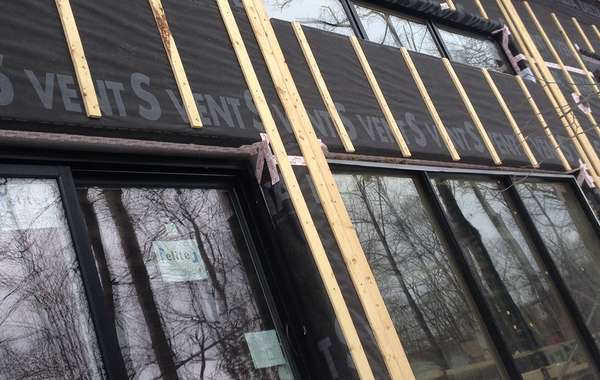
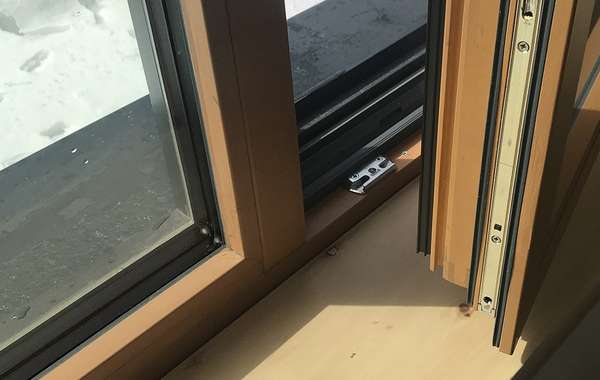
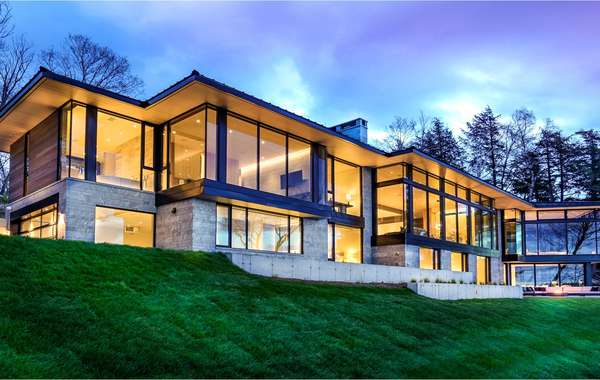
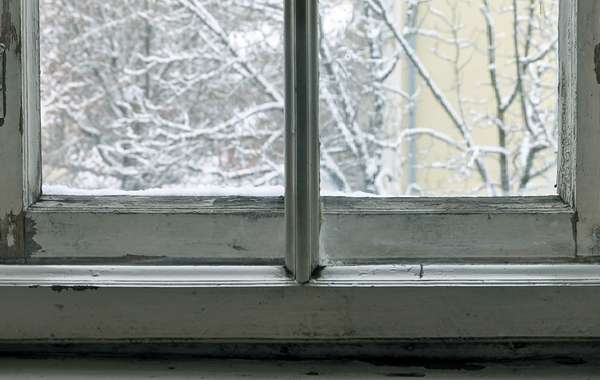
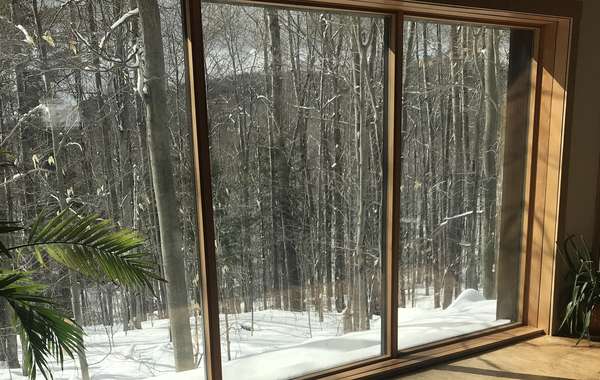
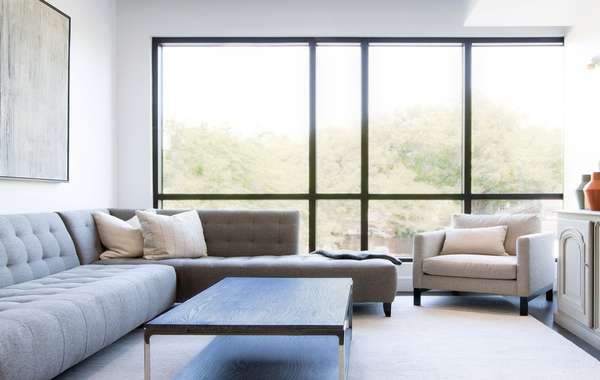
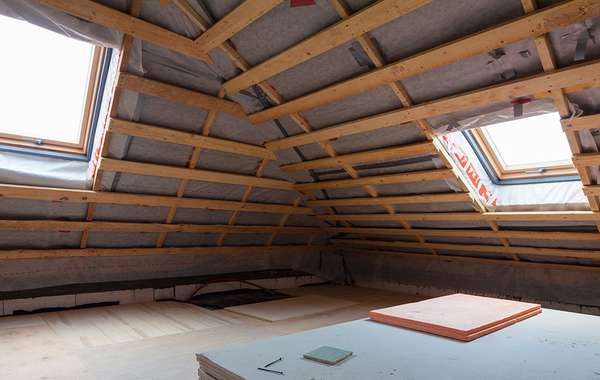

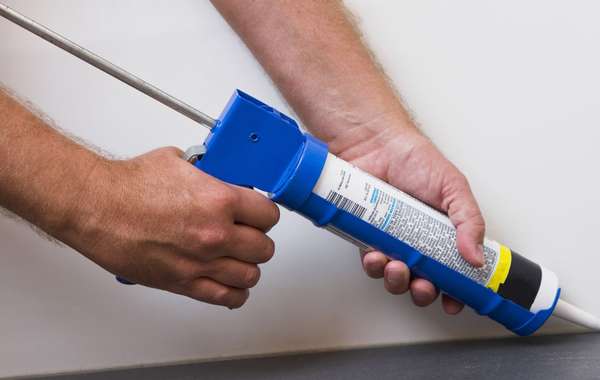

Hi mike
Great windows and doors are a must however without an excellent install technique they have a dramatically diminished value.
Will you be looking at the correct methods to install, weatherproof, waterproof and windproof these important parts of the envelope.
Cheers
Nice article... thanks for all the help in the house building process! We were actually pretty sure we were going to purchase double pane windows only but his article sort of makes us change our minds!
Glad you liked it, and keep in mind that there is more than just energy efficiency that comes with triple-pane windows - they are more durable as condensation is less likely to form on them, triple pane windows reduce sound transmission from outdoors, and the are more comfortable. Read more here about Designing Homes for Human Comfort.
The article really helped us, thank you very much.
Hi Ecohome,
My name is Fred, I am German trained windowmaker for over 50 years.
There are a lot of bad products out on the Canadian market.
So I read here : Cons: Metal is a conductor, so there is increased heat
loss.
The National Building Code of Canada requires aluminum windows to
have a thermal barrier of rigid foam, polyurethane or wood to improve
their thermal performance; aluminum frames are susceptible to water
leakage at the joints in the corners.
It's the way things are done here wich makes the job bad
1. Aluminum on the outside of a window-frame needs to be spaced from the wood
2. Corners need an underlayer and drainage
3.Wood frames should be at least 68mm thick and fully treated, varnished etc.
Friction stripping is never airtight!
So follow a couple of rules when you purchase windows:
Never buy aluclad if the cladding is installed directly on the wood or with less than 1/2"
of airspace between wood and alu,
make sure the alu-profile drains to the outside
Corners have to be weldet or underlayed /drained with mechanical fittings
The Glass-bedding needs to be drained and ventilated
If you follow these basic rules you will enjoy your windows longer than a lifetime
Great article with a lot of useful details, thank you.
*applause* Wood windows get a bad rep here in Canada. From a thermal perspective, they are an excellent choice, and when aluminum cladded, are virtually maintenance free, when installed correctly (as Fred said).
I'm saddened to see such a biased opinion on fibre glass windows. The material is strong, but brings some downsides with it, one being that the resins in the fibre glas become very brittle when it gets cold. (there have also been some paint adhesion issues with the product). Our Tilt&Turn uPVC windows are now over 32 years old, and people still think that we just put them in. I had to replace some IGU (the seals had broken, and we now have much better IGU's anyways), but it takes 10 minutes to fix the window and of we go, ready for another 20 years.
Some of the best windows IMHO are wood/aluminum. They are more expensive, but they are a very elegant and long lasting product (virtually maintenance free when built and installed right). From a thermal performance, the frames are superior to PVC frames. Although the overall u-value of a PVC frame is pretty good, the material still creates thermal bridges. Wood has a much more even insulative profile. It also looks very elegant and is warm to the touch and the eye.
In any way, great post. Always good to see that people are pushing boundaries.
Thank you for such an informative post. It will certainly come in handy to me as I'm right about to replace windows and doors in my house. When I decided to do this, I couldn't even think how complicated the choice of the right windows and doors will be.
Wood is a durable and well-suited material for both doors and windows. It's also affordable and customizable. Whereas aluminium is a bit expensive but a good choice too but that mainly depends on the budget. We can use wood and vinyl both in our residence and commercial building to get numerous benefits including weather shield and long life. However, always go with the right wood master as he know how to install and finalize a window or door as per the clients requirements. Thanks Denis for sharing this wonderful piece of writing.
We're can I get some of this windows material to by